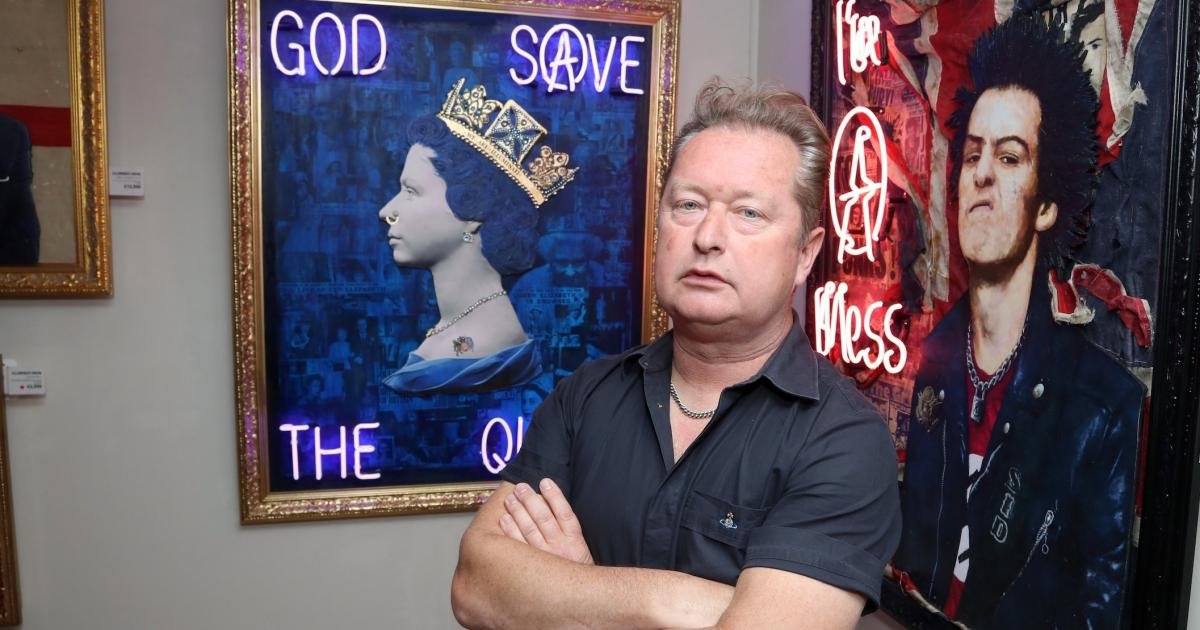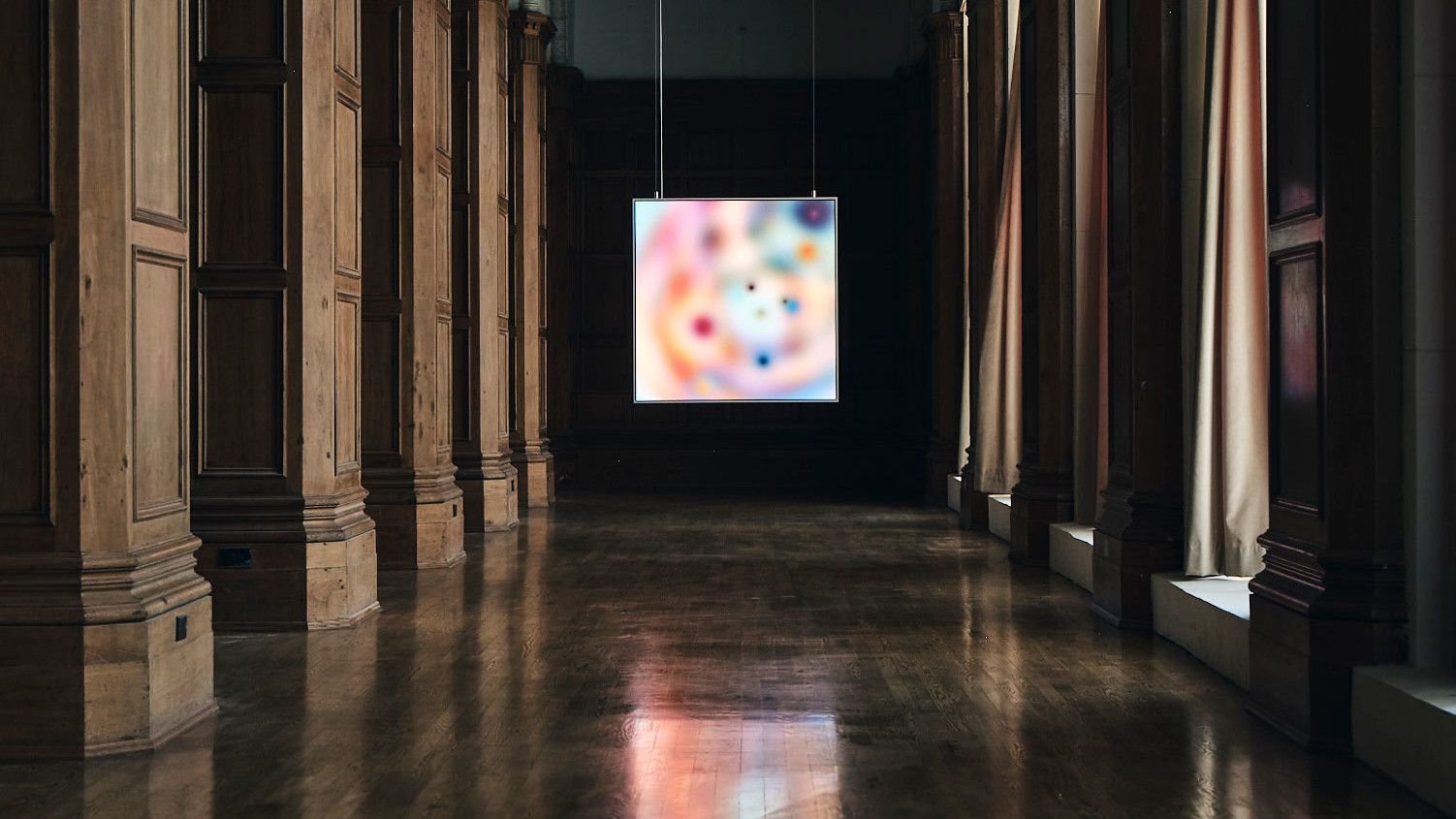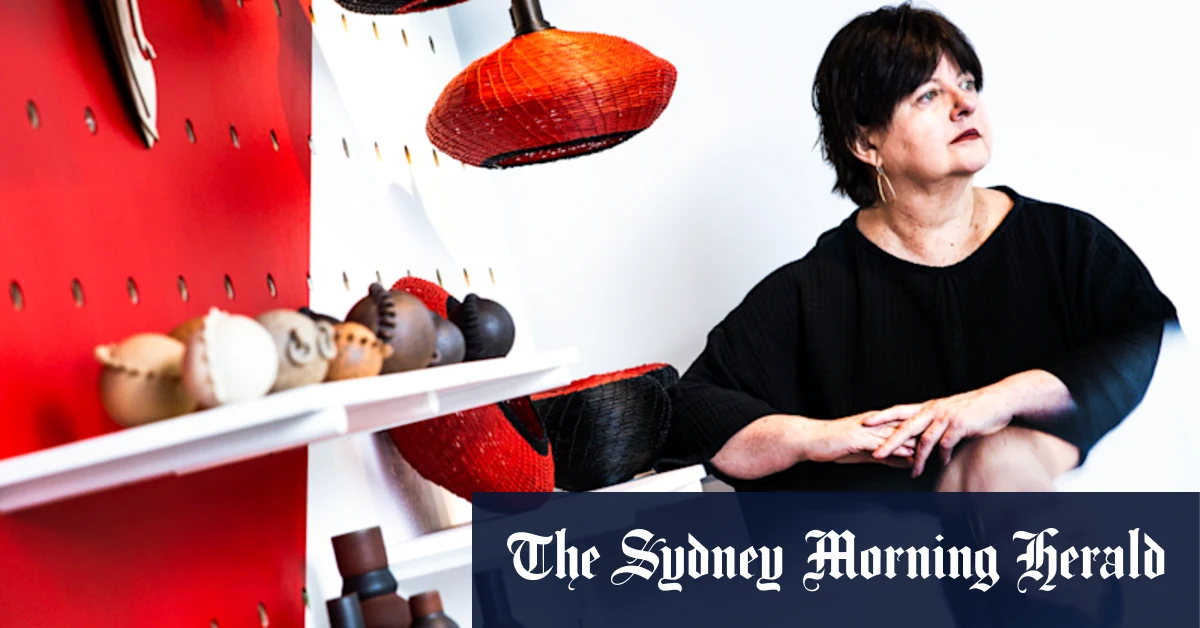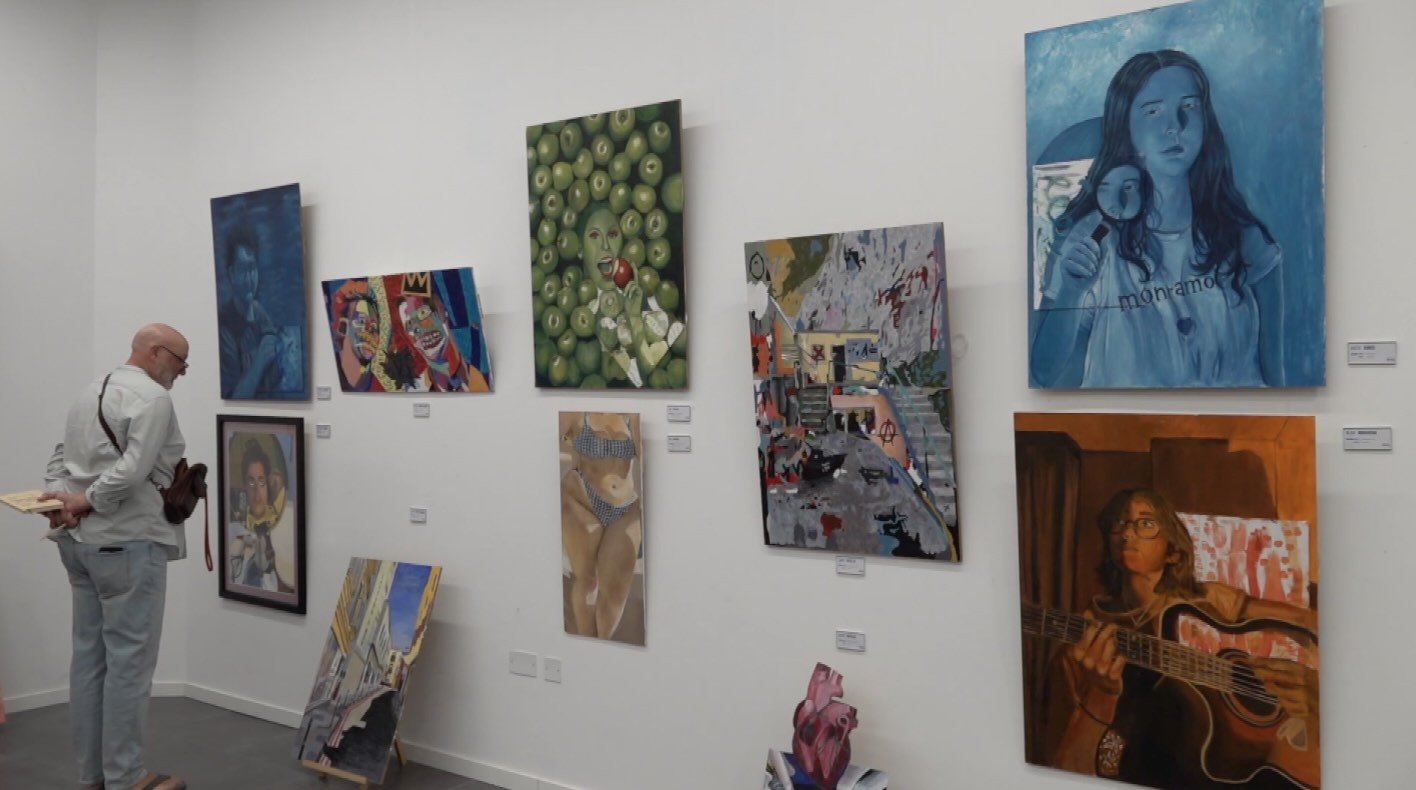In the bustling landscape of digital design where pixels meet purpose Lauren “Lo” Harris stands as a testament to the power of authentic storytelling. Her recent Google Doodle celebrating Chicago house music represents more than just an animation, it embodies five fundamental principles that have shaped her approach to digital design.
The first lesson emerges from her understanding of community engagement. “When you invite your community to be a part of your art your art kind of becomes a community project,” Harris explains while discussing her creative process. This collaborative approach has transformed her design methodology from isolated creation to communal storytelling.
Breaking the digital mold
Her second principle revolves around the transformation of virtual spaces. The Google homepage which Harris describes as “the most valuable piece of virtual real estate ever in this day and age” became her canvas for cultural celebration. Her design choices in the Doodle deliberately moved away from what she calls “the corporate definition of black” to create something more authentically resonant.
The third lesson lies in her approach to line work and visual storytelling. “I love a simple like. I love an organic shape,” Harris shares discussing her distinctive style. This preference for organic forms over rigid structures has become a signature element in her digital designs allowing for more fluid and inclusive visual narratives.
The evolution of digital representation
Harris’s fourth principle centers on the power of suggestive design. “The power of suggestion is something that I really like to play with in my work,” she explains. This approach has proven particularly effective in digital spaces where subtle design elements can carry profound cultural significance.
Her fifth and perhaps most impactful lesson focuses on accessibility in digital design. “I don’t want to feel deterred from communicating the message that I want to share through my illustrated work,” she emphasizes discussing her preference for clear meaningful design over technical complexity.
The impact of Harris’s work extends beyond aesthetic appeal. Her Google Doodle celebrating Chicago house music reached approximately 175 billion monthly users demonstrating the extraordinary reach of thoughtful digital design. The project brought together a diverse team including Haitian American animators and a Black Puerto Rican designer creating what Harris describes as “a diasporic project.”
Technical innovation meets cultural authenticity
Harris’s approach to digital design challenges conventional wisdom about technical perfection. She advocates for effectiveness over complexity noting that sometimes “a you know quote unquote badly drawn character” can resonate more deeply with audiences than technically perfect artwork. This philosophy has influenced her work across various digital platforms from social media campaigns to corporate projects.
Looking forward, Harris envisions a digital design landscape where authenticity trumps conformity. Her work with the Cannes Can Diversity Collective demonstrates her commitment to expanding representation in creative spaces. Through her mentorship of young designers she emphasizes the importance of maintaining individual voice while navigating commercial demands.
Community impact through digital spaces
The resonance of Harris’s work proves particularly powerful in how it connects with diverse audiences. Her aunt’s reaction to the Google Doodle “That’s my song” encapsulates the personal impact of thoughtful digital design. This connection between digital creation and human experience represents what Harris considers the true measure of successful design.
“I just want people to feel seen,” Harris explains discussing her design philosophy. This mission manifests in her choice of organic shapes suggestive lines and cultural references that invite viewers to recognize themselves in her work.
Harris’s approach to digital design demonstrates how technical skill and cultural authenticity can coexist creating work that resonates on both personal and universal levels. Her success challenges the notion that digital design must choose between commercial appeal and cultural authenticity suggesting instead that the most impactful work achieves both.
Through her groundbreaking work, Harris continues to reshape the landscape of digital design proving that authentic representation and technical innovation can coexist in ways that enhance both. Her journey offers valuable insights for emerging designers seeking to maintain their voice while creating commercially successful work.







